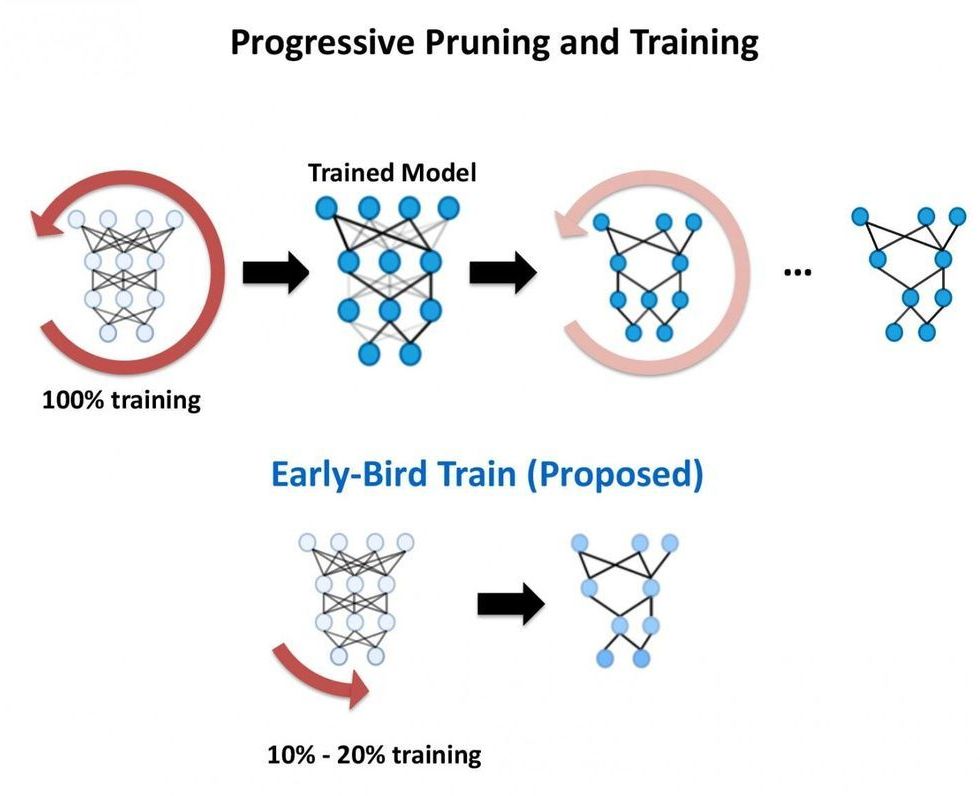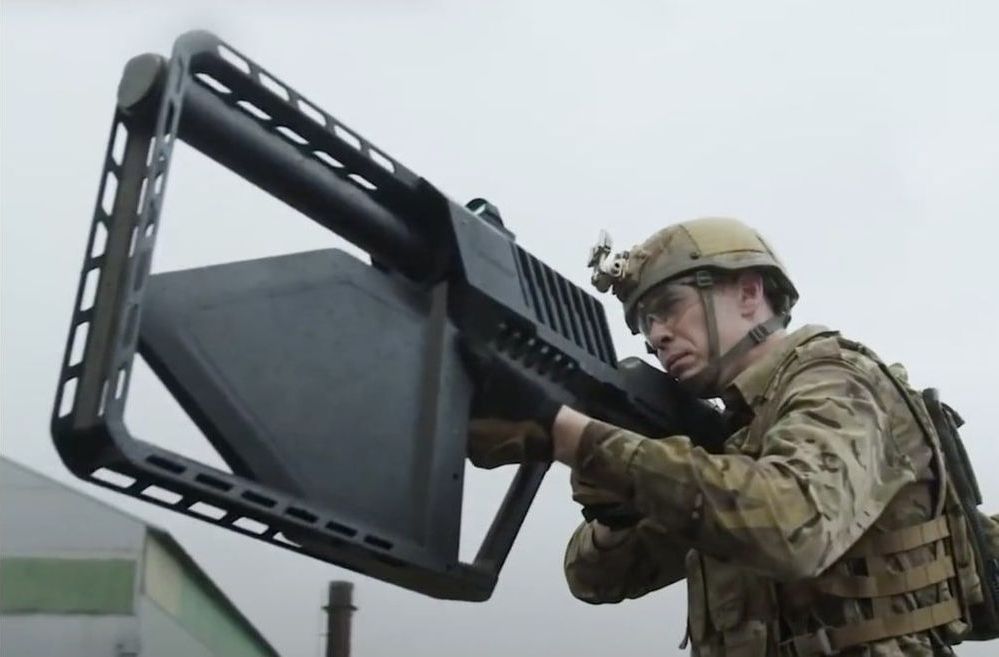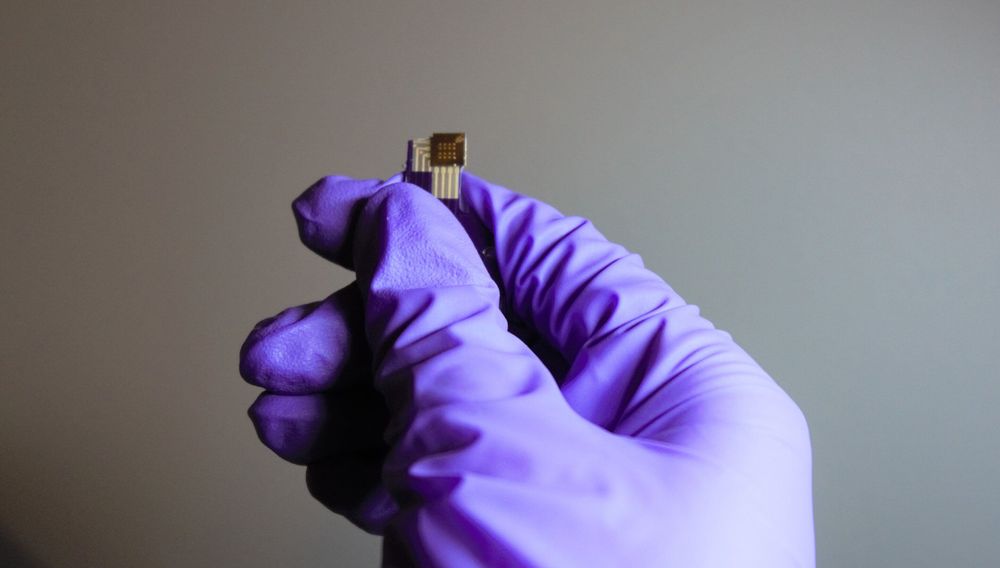VICE.
What do a frying pan, an LED light, and the most cutting edge camouflage in the world have in common? Well, that largely depends on who you ask. Most people would struggle to find the link, but for University of Michigan chemical engineers Sharon Glotzer and Michael Engel, there is a substantial connection, indeed one that has flipped the world of materials science on its head since its discovery over 30 years ago.
The magic ingredient common to all three items is the quasiperiodic crystal, the “impossible” atomic arrangement discovered by Dan Shechtman in 1982. Basically, a quasicrystal is a crystalline structure that breaks the periodicity (meaning it has translational symmetry, or the ability to shift the crystal one unit cell without changing the pattern) of a normal crystal for an ordered, yet aperiodic arrangement. This means that quasicrystalline patterns will fill all available space, but in such a way that the pattern of its atomic arrangement never repeats. Glotzer and Engel recently managed to simulate the most complex quasicrystal ever, a discovery which may revolutionize the field of crystallography by blowing open the door for a whole host of applications that were previously inconceivable outside of science-fiction, like making yourself invisible or shape-shifting robots.








